
© GTG/Magali Dougados. (Click image for larger version)
Geneva Ballet
Romeo and Juliet
Hong Kong, Cultural Centre, Grand Theatre
19 July 2013
www.geneveopera.ch/section_ballet
A version of this review previously appeared in the South China Morning Post
Just a few months after American Ballet Theatre brought Kenneth MacMillan’s masterly production of Prokofiev’s Romeo and Juliet to Hong Kong (review), along comes Geneva Ballet with a version by Swiss-born, French-based choreographer Joëlle Bouvier.
Comparisons may be odious (or odorous, as Shakespeare quips) but under these circumstances it’s hard not to make them. To be fair, the two productions are radically different in approach – the MacMillan is a full-scale theatrical piece which follows the play closely and employs classical ballet technique. Bouvier pares down the story and jettisons many of the characters, with the aim of creating a timeless tale of two people falling in love despite social barriers. Her choreography is contemporary and is set to extracts from Prokofiev’s Romeo and Juliet suites instead of the complete score. (The word “Ballet” in the Geneva company’s name is somewhat misleading – although the 22 dancers are classically trained the repertoire is modern.)
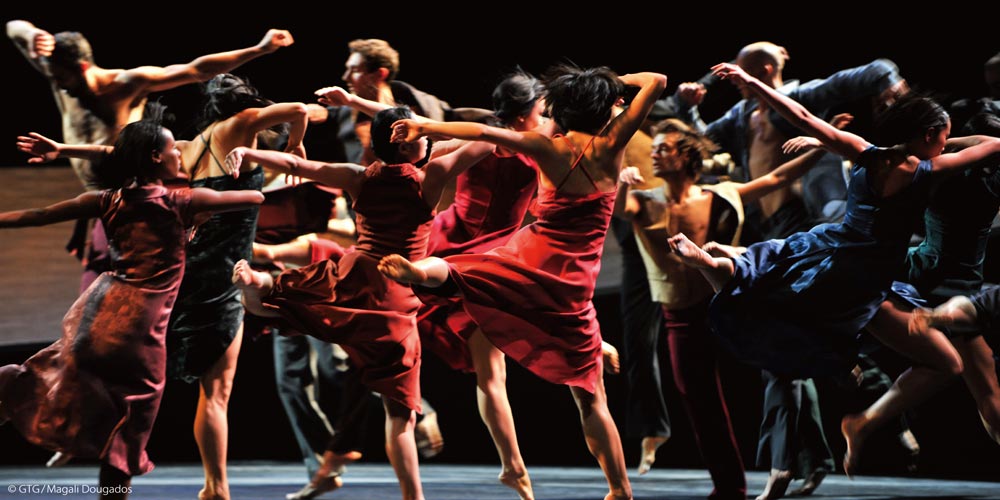
© GTG/Magali Dougados. (Click image for larger version)
Bouvier’s concept is valid and interesting, the execution less satisfying. She is certainly a talented choreographer and produces some striking images – two which stand out are Juliet carried into the ball seated astride on Tybalt’s shoulder and desperately scrambling up Romeo’s body when she tries to prevent him leaving Verona. The wedding night duet is danced naked (or with flesh-coloured tights) giving a striking sense of innocence and vulnerability to the lovers. There is much demanding doublework for all the dancers.
However, I couldn’t help wondering whether Leonard Bernstein’s suite from West Side Story – the supreme example of an “alternative” Romeo and Juliet – might have suited Bouvier’s tough, athletic style better than Prokofiev. Her choreography is far from unmusical; the problem is that it’s infinitely less expressive of Prokofiev’s music than many other versions, notably MacMillan’s. There are moments when direct comparison can’t be avoided and these are not to Bouvier’s advantage – in the Balcony Scene the big lifts simply don’t soar and flow the way MacMillan’s (or Cranko’s) do, for instance.
Characterisation (or lack thereof) is another problem. Juliet’s opening solo is designed by the composer to show us how young she is, the prelude to her passage to womanhood; here it tells us nothing as she dances the same way throughout the piece (Bouvier dispenses with the Nurse and Juliet’s parents so there is no interaction, either).
On this point, pared-down or not, the plot still needs to be clear – here, no-one not already familiar with the play would have a clue what was going on. With no parents, Paris or Friar Lawrence Juliet’s actions become incomprehensible. Key dramatic moments are fluffed – the lovers’ first meeting goes almost unnoticed because there is so much activity around them; Romeo is not there when Mercutio dies, making his rage against Tybalt less affecting. Above all, neither of the lovers can actually be seen to commit suicide at the end – they just, well, die, for no apparent reason.
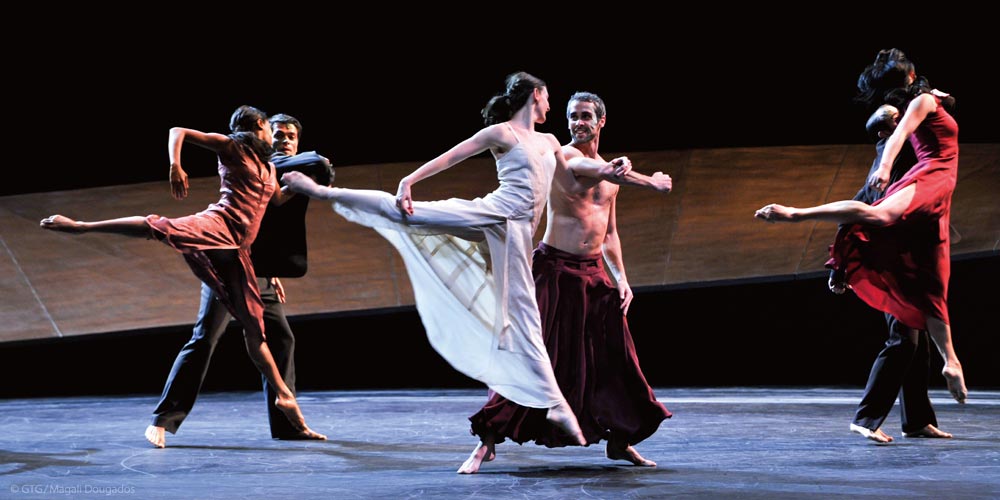
© GTG/Magali Dougados. (Click image for larger version)
The manipulation of Juliet’s supposedly lifeless body by Romeo at the end is familiar from other productions and Bouvier has also added an opening sequence where the same is done by the crowd with the bodies of both lovers. Bouvier seems to be suggesting that the lovers are merely puppets – on the contrary, surely the whole point is that they end up dead because they dare to rebel against what society dictates. There is an intriguing danse macabre quality to the scene which is lessened because the dancers are visibly moving of their own volition, so they appear to be drugged rather than dead.
The piece is unrelievedly dark throughout, both figuratively and, in the case of the lighting design, literally. This lack of contrast becomes wearing – even the love duets, while passionate, are curiously joyless. The fight scenes are so brutal that at one point several audience members got up and left the theatre. The only lighter moment was the misfire of an intended coup de théatre where Juliet glides onto the stage shrouded in a white sheet – alas, to inadvertently comic effect on this reviewer (“Who you gonna call? Ghostbusters!”).

© GTG/Gregory Batardon. (Click image for larger version)
The company danced with energy and attack. There were outstanding performances from Vladimir Ippolitov as Mercutio and Loris Bonani as Tybalt, who both brought a welcome charisma and individuality to their interpretations. In the title roles, Nathanaël Marie and Sarawanee Tanatanit produced strong, athletic dancing and were impressive in the difficult duets, but failed to bring their characters to life.










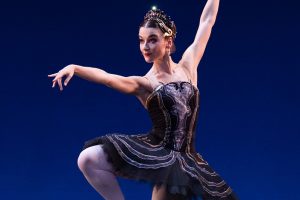

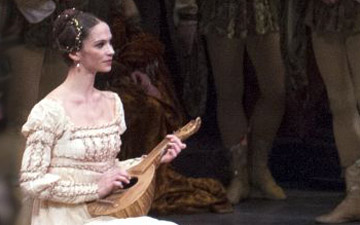


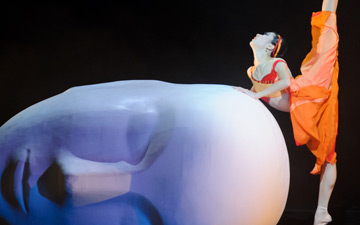
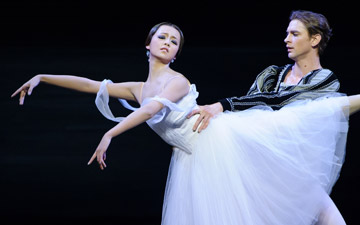
You must be logged in to post a comment.